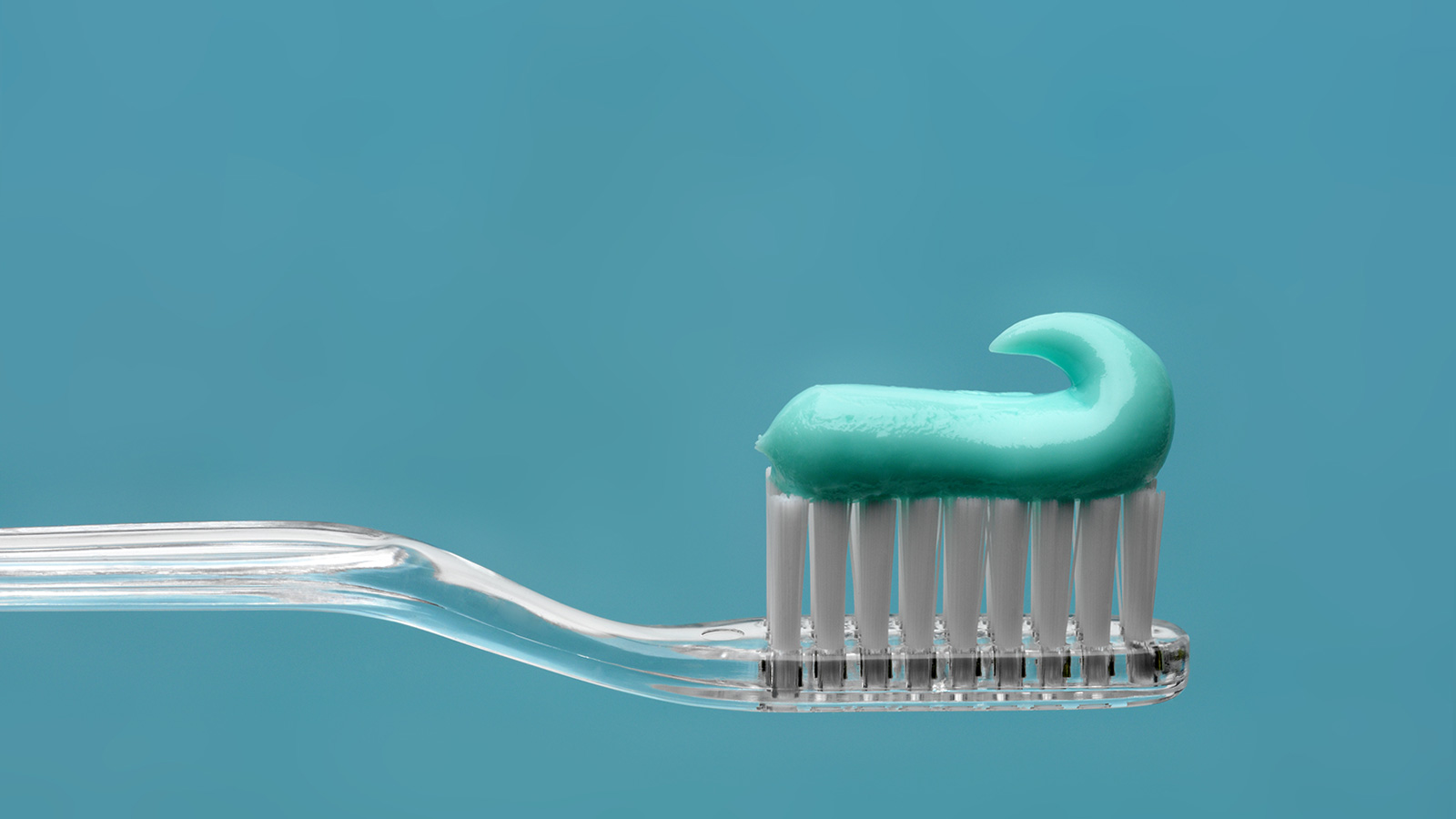Much like the Great Lakes, your mouth is full of microbeads — you know, those tiny particles lurking in your favorite face washes. It turns out they’re in your toothpaste, too — and that’s not a good thing.
Mother Jones has the story:
In March 2014, dental hygienist and blogger Trish Walraven sounded the alarm with a article about how she was finding “bits of blue plastic in my patients’ mouths every single day.” The plastic, she wrote, came from Crest toothpaste, and it was getting stuck in patients’ gums. Now, dentists are concerned that the microbeads trap bacteria, possibly causing gingivitis.
(Note: This revelation resulted in a resounding “DAMN IT” around the Grist office.)
Thankfully, Crest pledged to remove the microplastics from their toothpastes by next year, Mother Jones reported.
But gingivitis might not be the worst of it. The Environmental Working Group shares that microplastics could also be estrogen-mimicking hormone disruptors. While that doesn’t bode well for humans, the beads are also bad news for fish. The particles find their way into lakes and oceans where they soak up toxins and are eaten by some of our favorite entrees like tuna and swordfish, as seen in the video above by 5 Gyres, an ocean health advocacy group.
Thankfully, a number of states are rallying to ban sales of products containing microbeads and other non-biodegradable exfoliants. While it might seem far off, big cosmetics companies – Johnson & Johnson, L’Oreal, and Proctor & Gamble, to name a few – also promised to phase out microplastics from their products over the next few years.
But in the meantime, there are plenty of beadless toothpastes out there to keep those chompers squeaky clean. Tiny bits of plastic in your teeth are truly gross, anyway.




